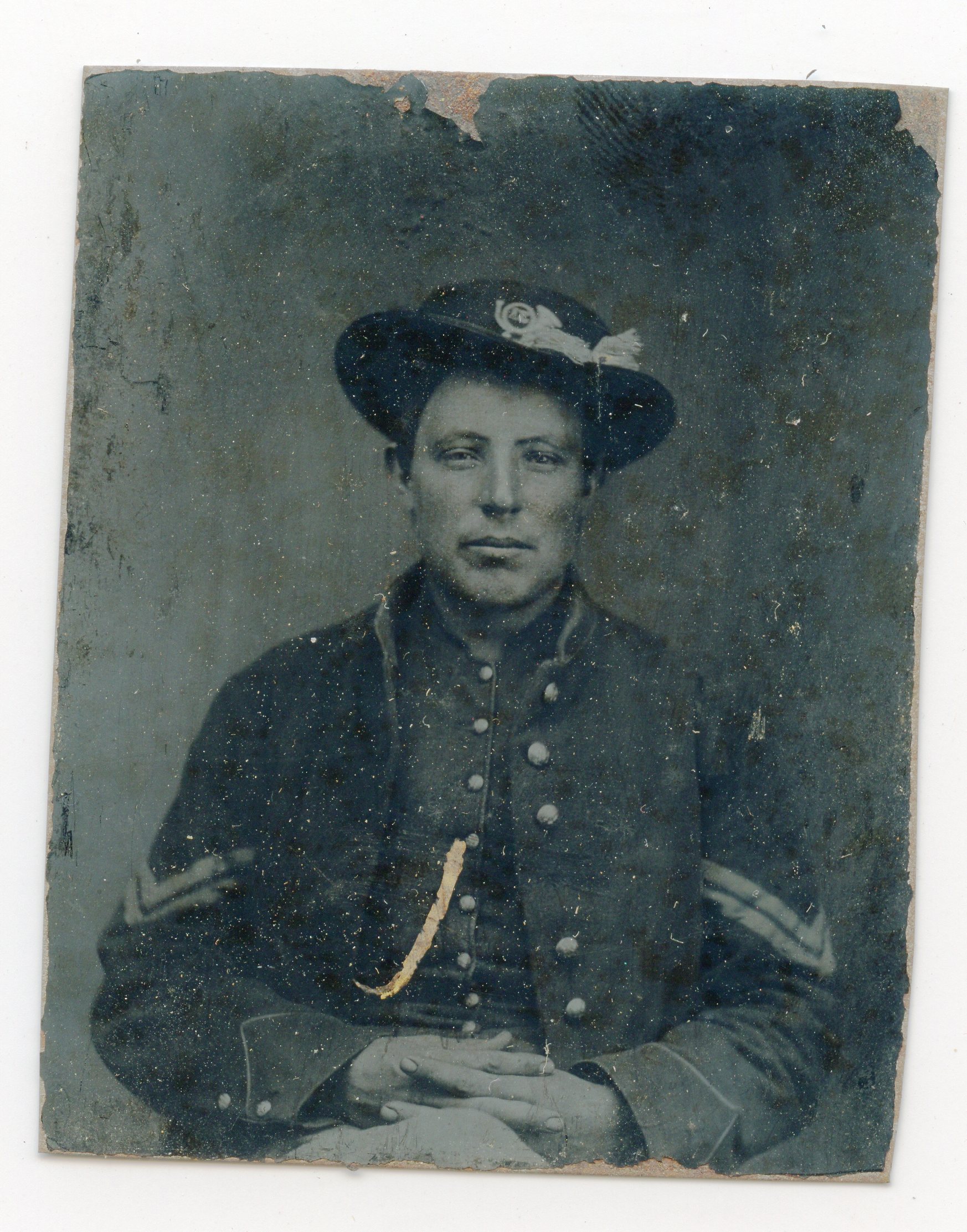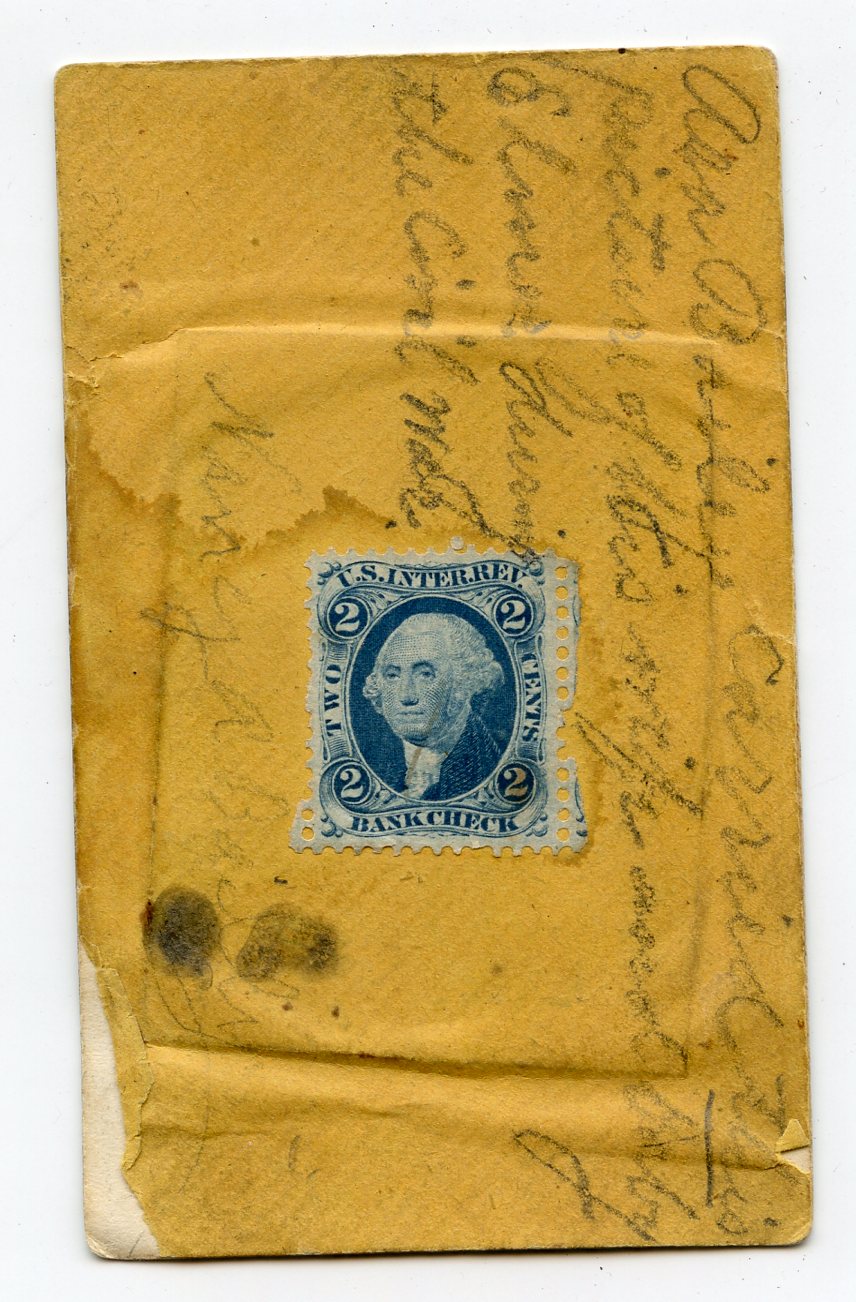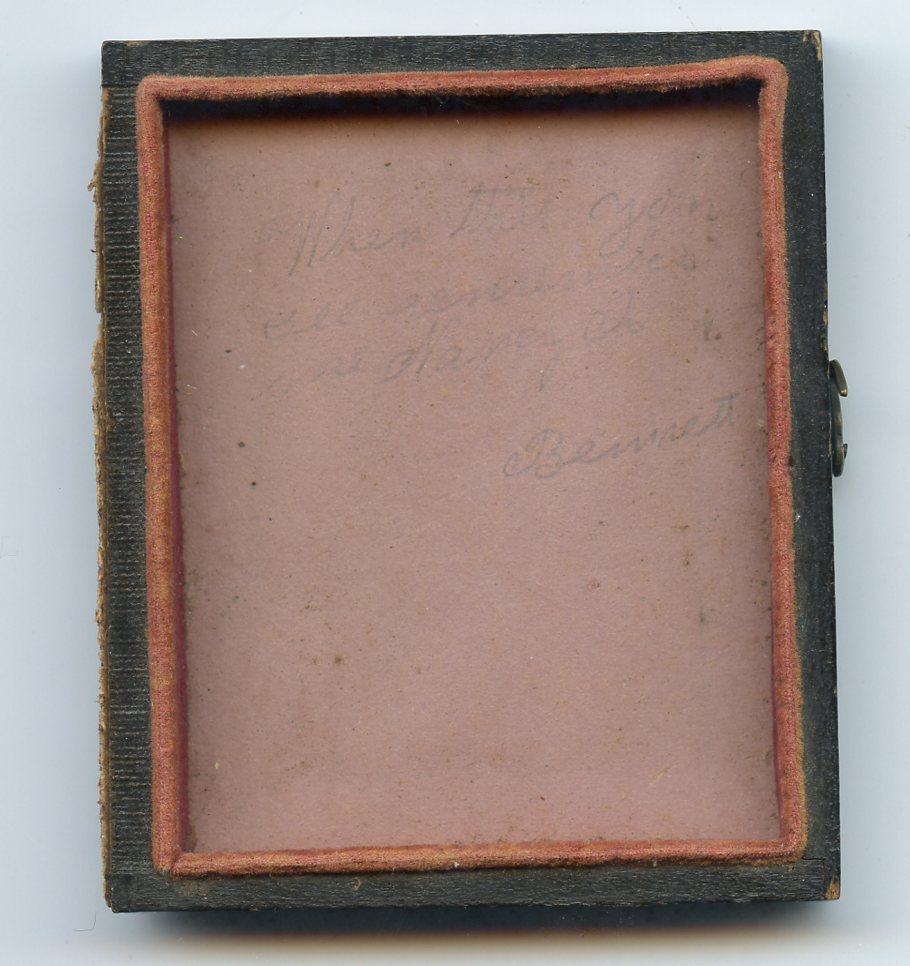Civil War Surprises: A Wisconsin Corporal’s Fateful Dare
ECW welcomes guest author Melissa A. Winn
In 2019, an endearing set of photographs I purchased at the Washington, D.C., Antique Photo & Postcard Show took me on a little bit of a research adventure with surprises along the way.

As a native of Wisconsin, the photo set immediately caught my eye. “Asa Bailey,” a label on a Ziploc bag holding several photos, including a cased tintype of a soldier, read, “31st Wisconsin Infantry.” Wisconsin images can be hard to come by, particularly the highly sought after 2nd, 6th, and 7th Wisconsin Infantry—Iron Brigade regiments. As popular as they are, they command a hefty price too rich for my tattered pocketbook. So, any Wisconsin regiment is a treat to find for me and I was all but sold, eager to own a Civil War soldier image from my beloved home state. “On, Wisconsin!”
More intriguing yet was that the contents of the bag included additional photographs of what I soon discovered were Asa Bailey’s wife and child. In one image, his wife holds their baby son. Encased in a small paper pocket frame, the size of a playing card, on the back the words scribbled in pencil say, “Asa Bailey carried this picture of his wife and Baby Elmer during the Civil War.” The name of his wife, Nancy A. Bailey, is signed beneath it.


Also adorning the back side of the card, is a 2-cent tax stamp. Known as the Sun Picture Tax, the government charged a revenue tax on photographs from August 1, 1864, to August 1, 1866, as an effort to help fund the war. The amount of tax per photograph varied based on the cost of the photograph. Tax stamps were most commonly used in denominations of 1, 2, or 3 cents. I always find the presence of one on the back of a photo exciting, not just for the novelty of it, but because it helps you date the image within a narrow time frame during the war.
As I opened the bag and pulled out the remaining contents, it became clear the universe had placed this set in my path on purpose. Not only because it’s a Wisconsin set, but also to add to another collection focus of mine, images with sentiments inscribed on them. In my collection, I have several 19th Century soldier and civilian images, inscribed in some way with the words, “When this you see, remember me.” In one image of a soldier I own, the words are scribbled in a circular fashion within the case of the image, and tucked inside are several poems imploring the soldier’s sweetheart to “Forget me not.” I call him the Civil War Poet. As I pulled the last of the images from the bag, a cased image of Asa’s wife, Nancy, inscribed with her maiden name Bennett included in a scratch of cursive, “When this you see, remember me.” I had to have it—the whole set! And I had to know more!


So I went digging. The 31st Wisconsin Infantry was organized by companies. Companies A through F were organized at Prairie du Chien and mustered into service on October 9, 1862. Companies G through K were organized at Camp Utley in Racine and mustered into service on December 24, 1862. Bailey enlisted as a Corporal in Company G.
The regiment was ordered to Columbus, Kentucky, on March 1, 1863, and it moved through Kentucky, Tennessee, Georgia, the Carolinas, Virginia, and Washington, D.C., during its service. It participated in the Atlanta campaign, Sherman’s March to the Sea, the Battles of Averasboro and Bentonville and were present at the surrender of General Joseph Johnston and his Confederate army at the Bennett House April 26, 1865. Companies A through F were mustered out on June 20, 1865, and the other companies on July 8, 1865.
The regiment lost 112 men during service. Twenty-three enlisted men were killed. Three officers and 86 enlisted men died from disease.

Asa Bailey survived the war, and I soon found, he had a pension record on file at the National Archives. Many of the more than 2.5 million Union Army soldiers, their widows, or minor children later filed for pensions. Because the government required applicants to prove pension eligibility, documents in the files often reveal accounts of injury, including battle details and corroborating reports from fellow soldiers or hospital staff. I was eager to read the details of Asa Bailey’s battle accounts. Many of the soldiers’ detailed accounts can be exhilarating, many are gruesome, and the stories held within these files are often harrowing and heroic.
So imagine my surprise, when a friend and I ventured to the National Archives in Washington, D.C., opened Asa Bailey’s file and found his pension had been granted for contracting “a rupture in his left groin caused by throwing a cannonball over his head…for exercise and [to] pass time.” A heroic story? Not so much. Instead we’re left with the image of a young Asa Bailey holding a cannonball over his head and challenging his camp mates, “Hey, man, how far do you think I can throw this? Do you dare me?” A fateful, albeit amusing, provocation.

Melissa A. Winn recently joined the American Battlefield Trust as Marketing Manager. Previously, she was director of photography for HistoryNet, publisher of nine history-related magazines, including America’s Civil War, American History, and Civil War Times, for which she served as the primary photo researcher, photographer, and a regular writer and editor. Melissa received a BA in English from the University of Wisconsin and has written for and published articles in multiple trade and commercial publications for more than 20 years. She was a 2015 finalist for the Jesse H. Neal Award for Best Portfolio. She’s a member of the Professional Photographers Association, Authors Guild, and the Center for Civil War Photography. Melissa collects Civil War photographs and ephemera, with an emphasis on Dead Letter Office images and Union General John A. Rawlins, chief of staff to General Ulysses S. Grant. Originally from Milwaukee, Wis., Melissa moved to Virginia in 2000 with her husband. She is an avid runner and triathlete, and the mother of three remarkably interesting and curious human beings.
And we just know that sweet child was named to honor Elmer Ellsworth!
Woo Hoo! I am familiar with Melissa and her work and it intrigues and pleases me in multiple ways that she’s joined the ECW family as a Guest Writer!!